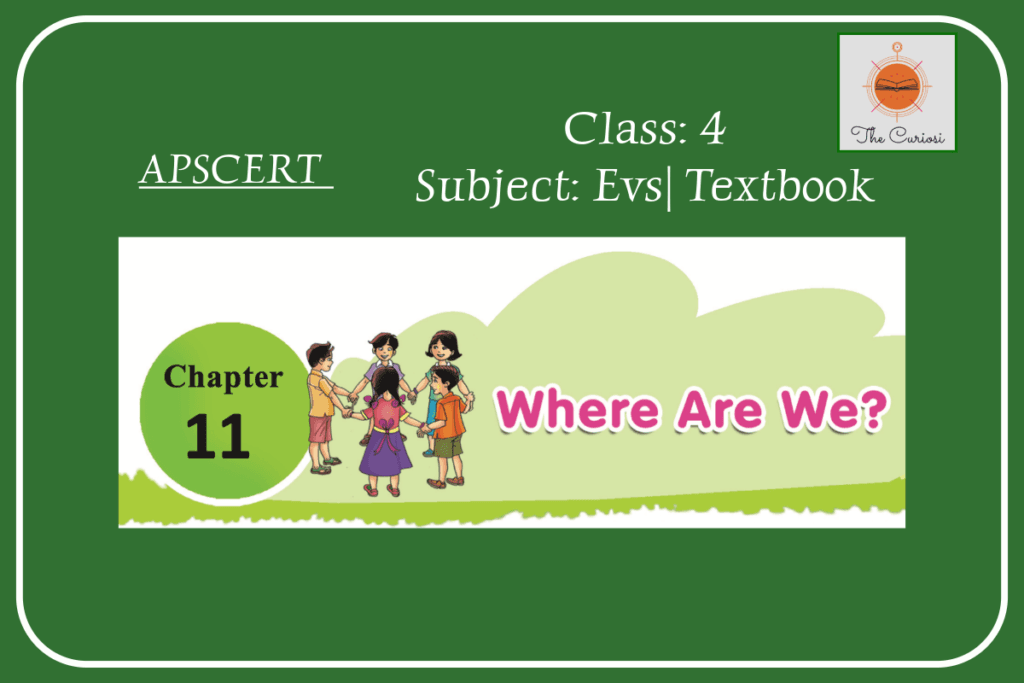Where Are We

Class 4 | EVS | Textboook | Chapter 11 | Solutions | Improve Your Learning Andhra Pradesh | APSCERT Here are the answers to the “Improve Your Learning” section from the lesson “Where Are We” for Class 4 EVS: I. Conceptual Understanding 1. How many continents are there on the Earth? What are they? • There are seven continents on the Earth: […]
Earth to Space

| Class 5 | EVS Tetbook | Chapter 11 Andhra Pradesh | APSCERT Home » Solutions » Class 5 » EVS Textbook Solutions » Chapter 11: Earth to Space Here are the answers to the “Improve Your Learning” section from the lesson “Earth to Space” for Class 5 EVS. I. Conceptual Understanding 1. What are the differences between latitudes and longitudes? • Latitudes: • These are horizontal […]
The Journey of India for Freedom | Class 5 | Evs Textbook | Solutions

Andhra Pradesh | APSCERT Home » Solutions » Class 5 » EVS Textbook Solutions » Chapter 10: The Journey of India for Freedom Here are the answers to the “Improve your Learning” section from the lesson “The Journey of India for Freedom”: I. Conceptual Understanding 1. Explain what would have happened if freedom fighters had not sacrificed their lives for us? If freedom fighters had […]
Chapter 8: Tranaport | Class 4 | EVS | Textbook

APSCERT | ANDHRA PRADESH Here are the answers to the “Improve Your Learning” section from the lesson Transportation (Class 4 EVS): I. Conceptual Understanding 1. What are the vehicles used for transport in your village or town? • In my town, common vehicles used for transport are buses, cars, bicycles, motorcycles, and auto-rickshaws. • In villages, people use bullock carts, tractors, bicycles, […]
Chapter 3: Clothes We Wear | Class 5 | EVS | Textbook | Solutions | AP SCERT

Andhra Pradesh | APSCERT Home » Solutions » Class 5 » EVS Textbook Solutions » Chapter 3: Clothes We Wear Based on Chapter 3, “Clothes We Wear,” from the Class 5 EVS textbook, here are the answers to the “Improve Your Learning” section. Improve Your Learning I. Conceptual Understanding 1. Write a brief note on the uses of air? 2. Name the kind of […]
Chapter 4: Sense Organs | Class 4 | EVS textbook Solutions

AP SCERT, ANDHRA PRADESH Based on Chapter 4, “Sense Organs,” from the Class 4 EVS textbook, here are the answers to the “Improve Your Learning” section: Improve Your Learning I. Conceptual Understanding 1. How many sense organs are there? What are they? 2.Why are sense organs so important to us? Sense organs help us to interact with […]
